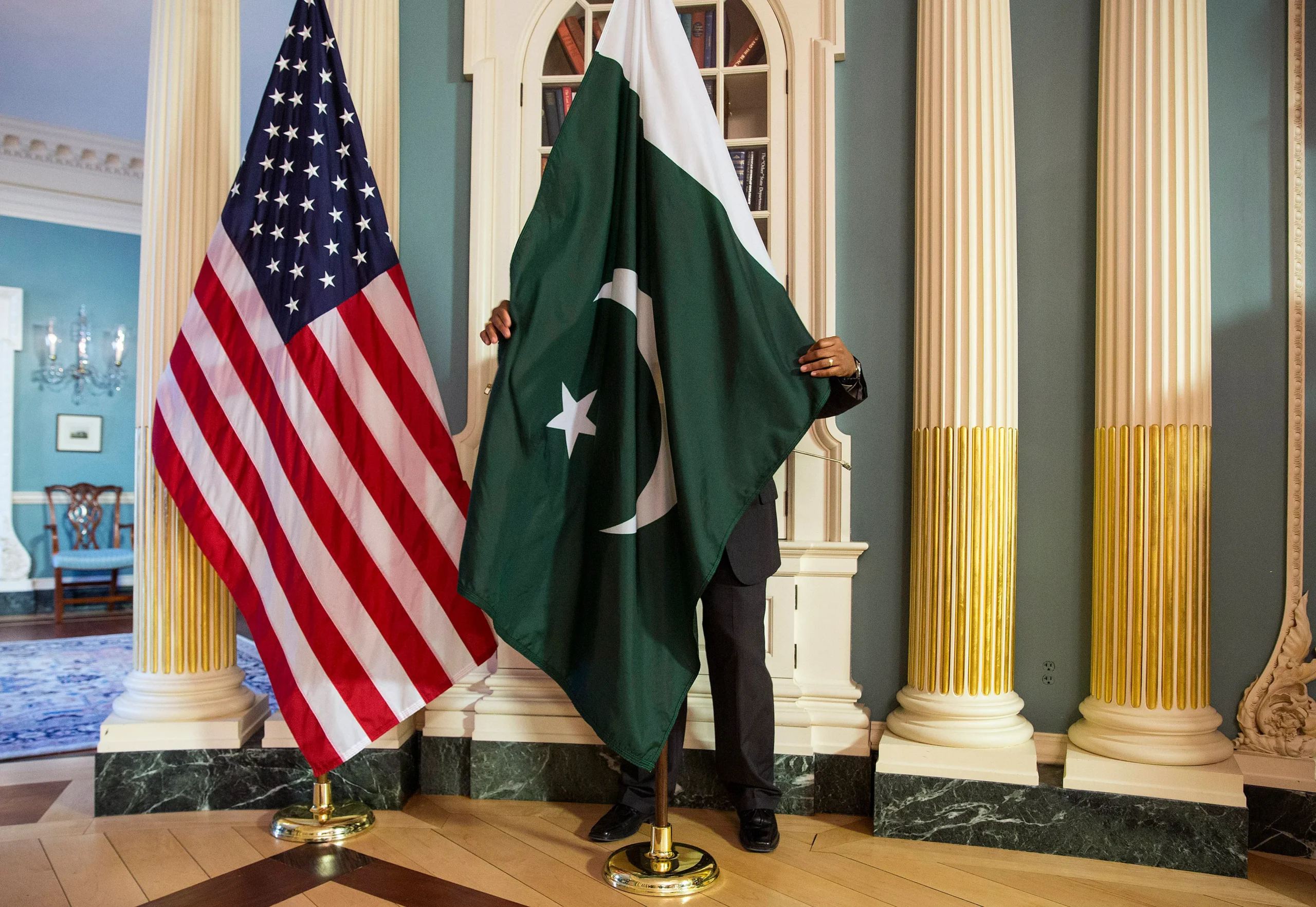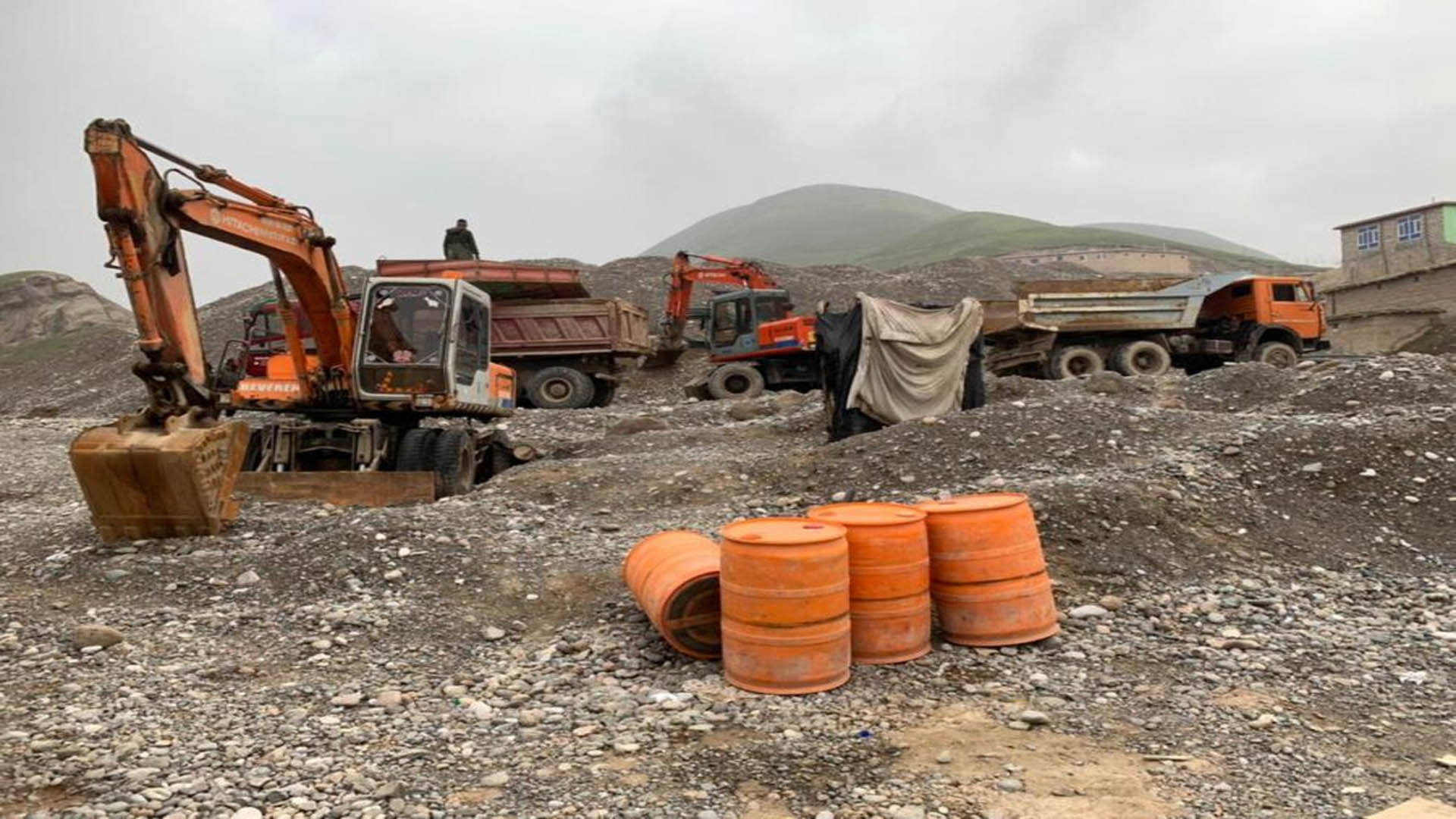China is largely seen as a crucial player in the expected emergence of Asia as a dominant region in the twenty-first century. Its rapid economic development and rising global influence position it to conceivably play an instrumental part in shaping Asia’s future. To this end, it has assessed and strengthened its ties with other countries in the region, each of which has distinct perspectives and interests.
China: In a Changing Asia
“We have entered the Asian century, and there is no turning back,” read a headline at the World Economic Forum in 2019. Chances are that when Parag Khanna was writing “The Future is Asian,” he and the rest of the world did not anticipate Russia invading Ukraine and the whole world feeling the tremors of a war whose end is not really in sight. Every development, every economic fallback, every move in diplomacy, every reconciliation, and every multilateral dialogue has been painted in the dark colors of the Russia-Ukraine War since February 24, 2022.
Recent events also include a visit to China. What might seem like a usual visit has an expanse of regional strings attached to it.
It was Pakistan’s intelligence chief, Lt. General Nadeem Anjum, who went to China at the invitation of the Chinese Minister of State Security, Chen Yixin.
The Inter-Services Intelligence (ISI) Chief was not alone; he had a security delegation accompany him.
To provide some context, the upcoming July 5 will mark the tenth anniversary of China’s magnificent Belt and Road Initiative (BRI). The Pakistan chapter of the BRI’s maritime route, the China-Pakistan Economic Corridor (CPEC), got interrupted owing to a lack of adequate security. But as the centrality of geography has it, Gwadar in Pakistan is envisioned by the Chinese as a key port in the maritime connection, without which the ease and reduced cost of economic activity are not fully materialized.
Despite the multiple attacks on Chinese workers and engineers in Pakistan, China still stands as the latter’s core partner, and so does its commitment to making Gwadar functional. The visit of the ISI chief, therefore, signifies an extension of security assurances pertaining to CPEC and the completion of projects that had to be suspended owing to a bad security landscape.
Amidst the tight economic situation Pakistan is facing, China agreed to $2.5 billion worth of commercial loans in March. This is a time when Pakistan is struggling to get a bailout package from the International Monetary Fund (IMF). This development also stands out because Saudi Arabia just recently refused to extend similar assistance to its long-time friend, Pakistan.
India: G20 and Disputes
Aside from CPEC, another point of convergence between China and Pakistan is the concern over the venues India has chosen for Group of 20 (G20) meetings prior to the September summit.
China boycotted the G20 engagement meeting held in Arunachal Pradesh on March 25-26, a territory that China has claimed. Both countries are equally perplexed over India’s choice of disputed territories for the meetings ahead of the Summit.
Pakistan recorded a strong protest over the meeting in Srinagar, Kashmir, which will take place in May. It is expected that China will boycott this meeting as well. In addition, to make matters even worse, India’s Home Minister, Amit Shah, reached Arunachal Pradesh on April 10 to announce a project. This visit has made China angry and has been received as interference in its “territorial sovereignty.” Significant here is the fact that the last border clash between India and China in December last year was along the Tawang district of Arunachal.
But interestingly, even before the G20’s final summit, India will be hosting the Shanghai Cooperation Organization (SCO) Summit in July, which invites the question of whether China’s Xi Jinping will have a one-on-one meeting with India’s Prime Minister, Narendra Modi, on the sidelines of this China-led regional forum. This scenario also reveals how the multipolar system is taking on a more concrete form and how states are finding themselves in a position where they cannot adopt an absolute friendship or hostility with other states. The response of India to the Russia-Ukraine war is illustrative.
A few days ago, on April 10, Ukraine’s Deputy Foreign Minister arrived in India to lobby the host nation to support Ukraine and send a strong message of peace from both the SCO and G20 Summits’ forums. In retrospect, India’s position in the conflict has been largely viewed as pro-Russian, but it does not represent a complete break with the United States and the West. Notable is the unfortunate impasse that followed the meeting of G20 foreign ministers. Due to disagreements over Ukraine, a joint declaration could not be issued, and China maintained its pro-Russia stance.
Multipolarity in World Order
However, Xi’s three-day visit to Moscow was a clear indication of the multipolarity that Russia and China are seeking.
For some, the Xi-Putin meeting of March 21 was symbolic of an actual multipolar world that is already here.
In tandem with China’s efforts to facilitate reconciliation for greater economic gain, Russia is accelerating its efforts to establish new rules for economic exchange, a move away from the US dollar economy.
It would be interesting to see how the G20 Summit in September unfolds. The US and the West do not wish to see Russia at the Summit, but can India afford to turn a blind eye to its regional strategic ally? If China and Russia are the primary drivers of the multipolar world order, as evidenced by China’s recent diplomatic victories in the Middle East and Russia’s massive oil exports despite sanctions, will India choose to isolate itself at the expense of Western allies?
The views expressed in this article are the author’s own. They do not necessarily reflect the editorial policy of the South Asia Times.







